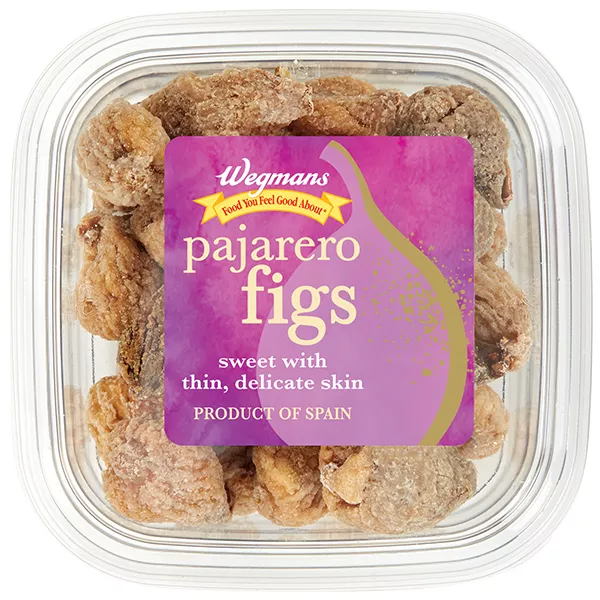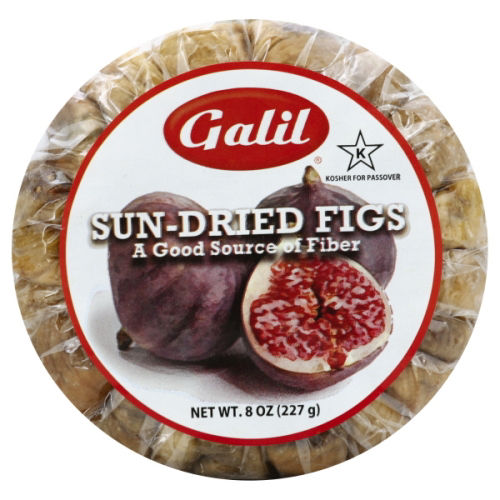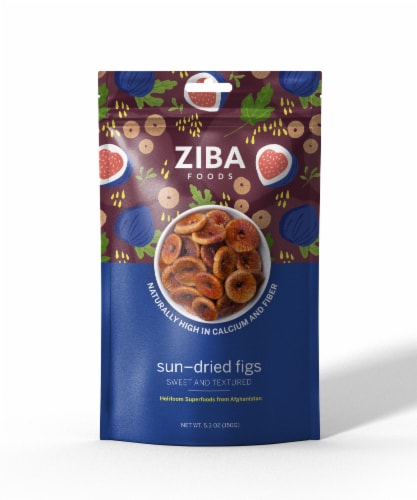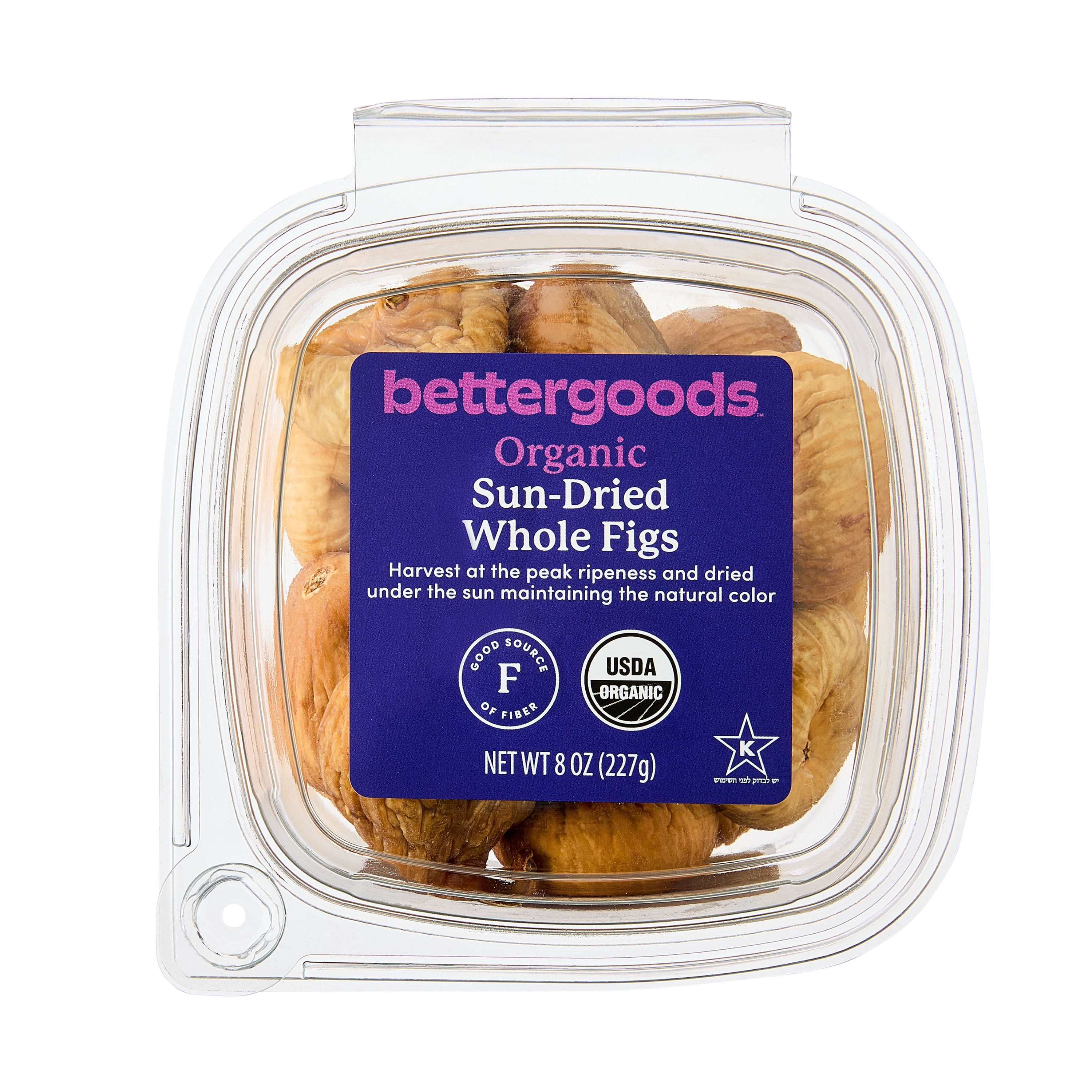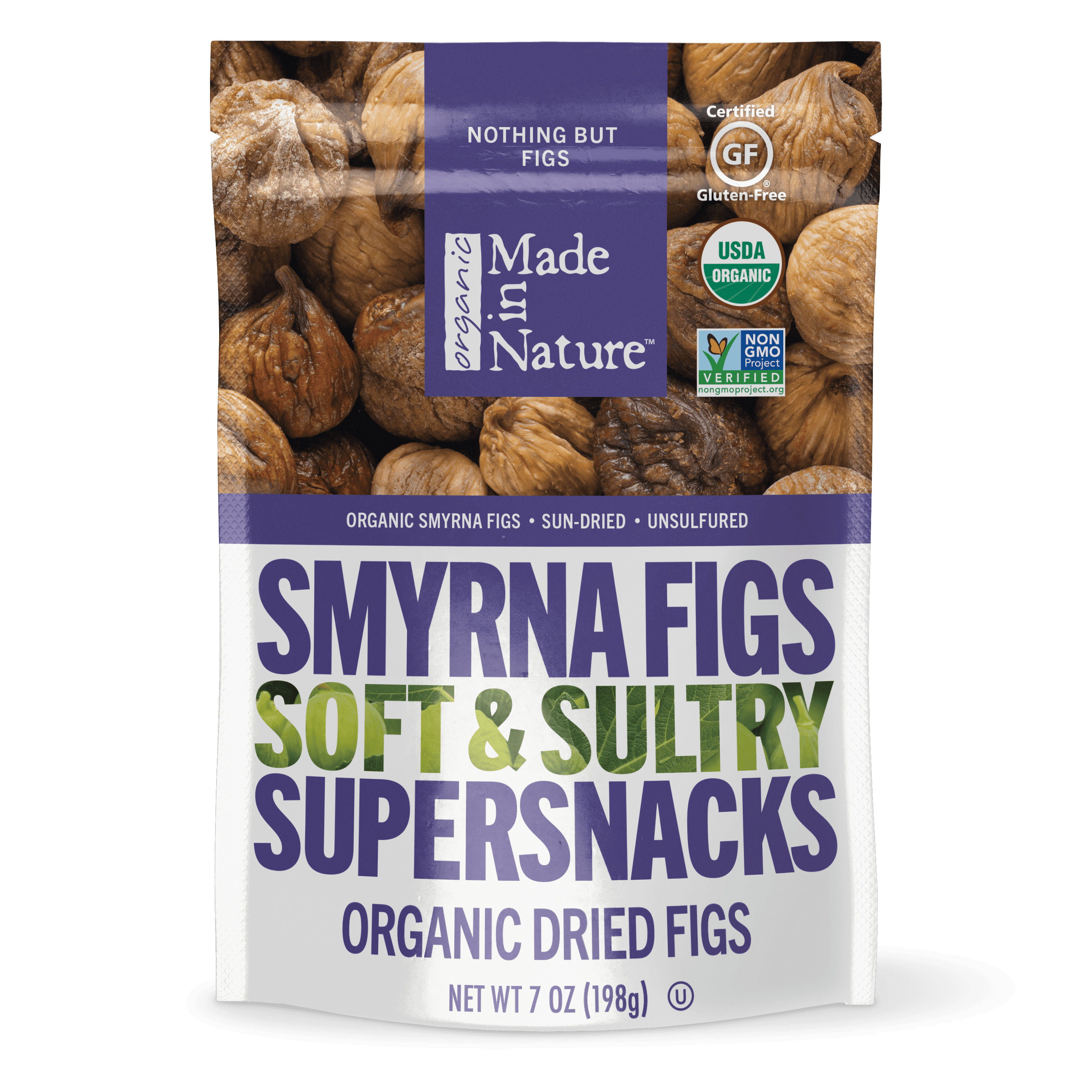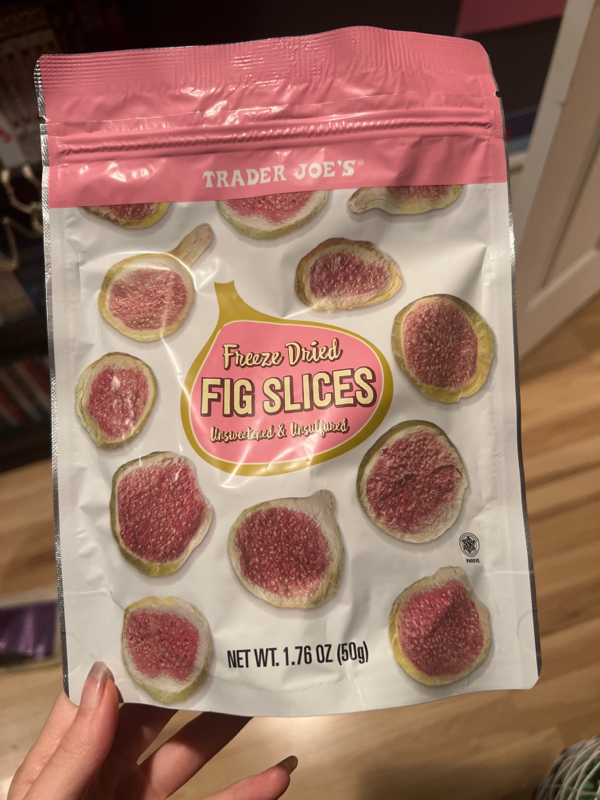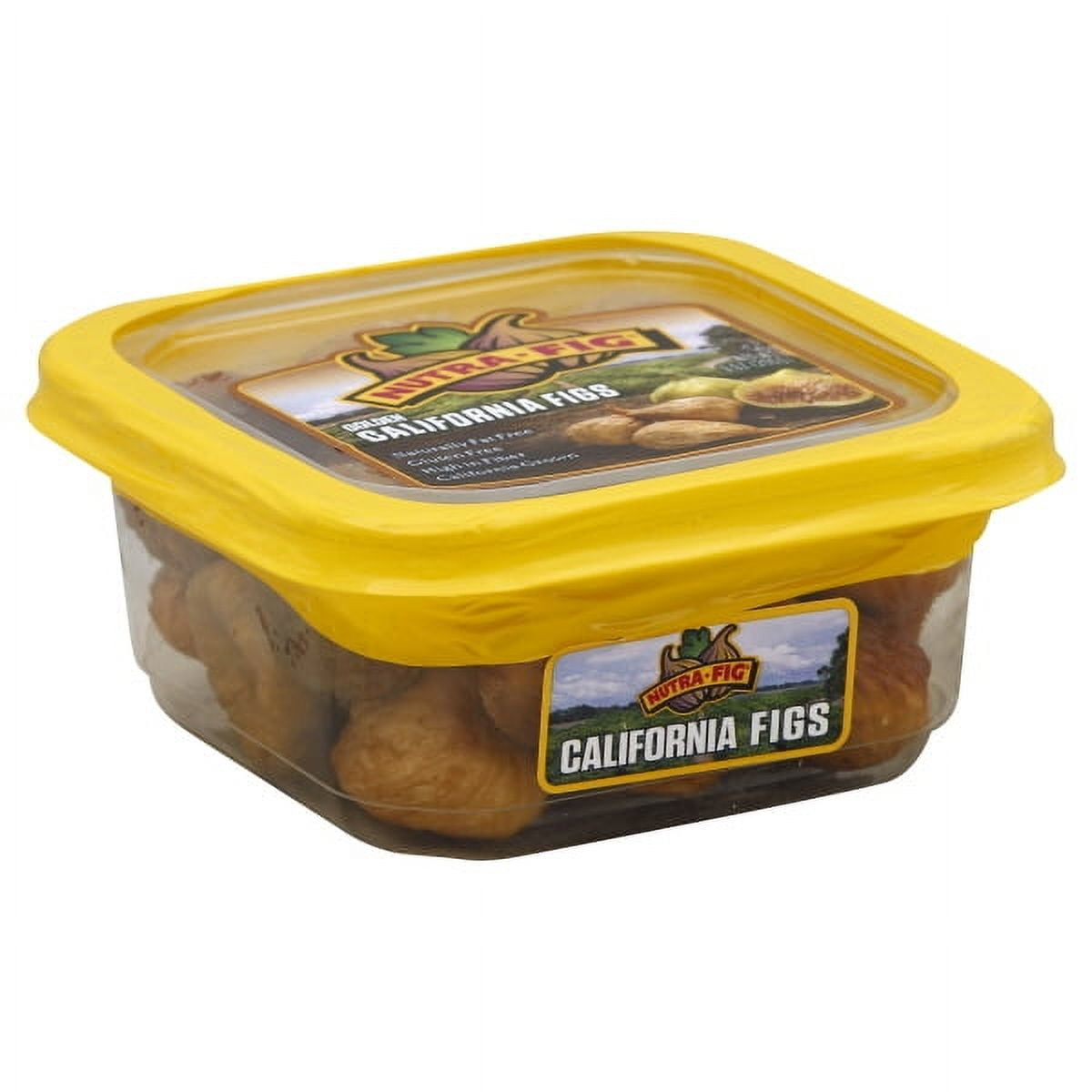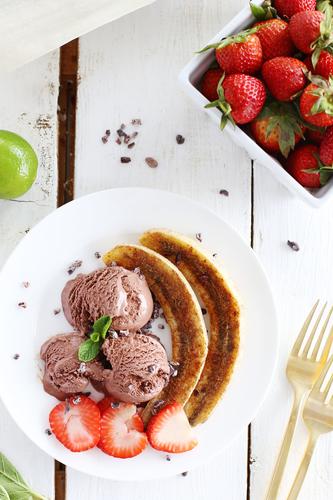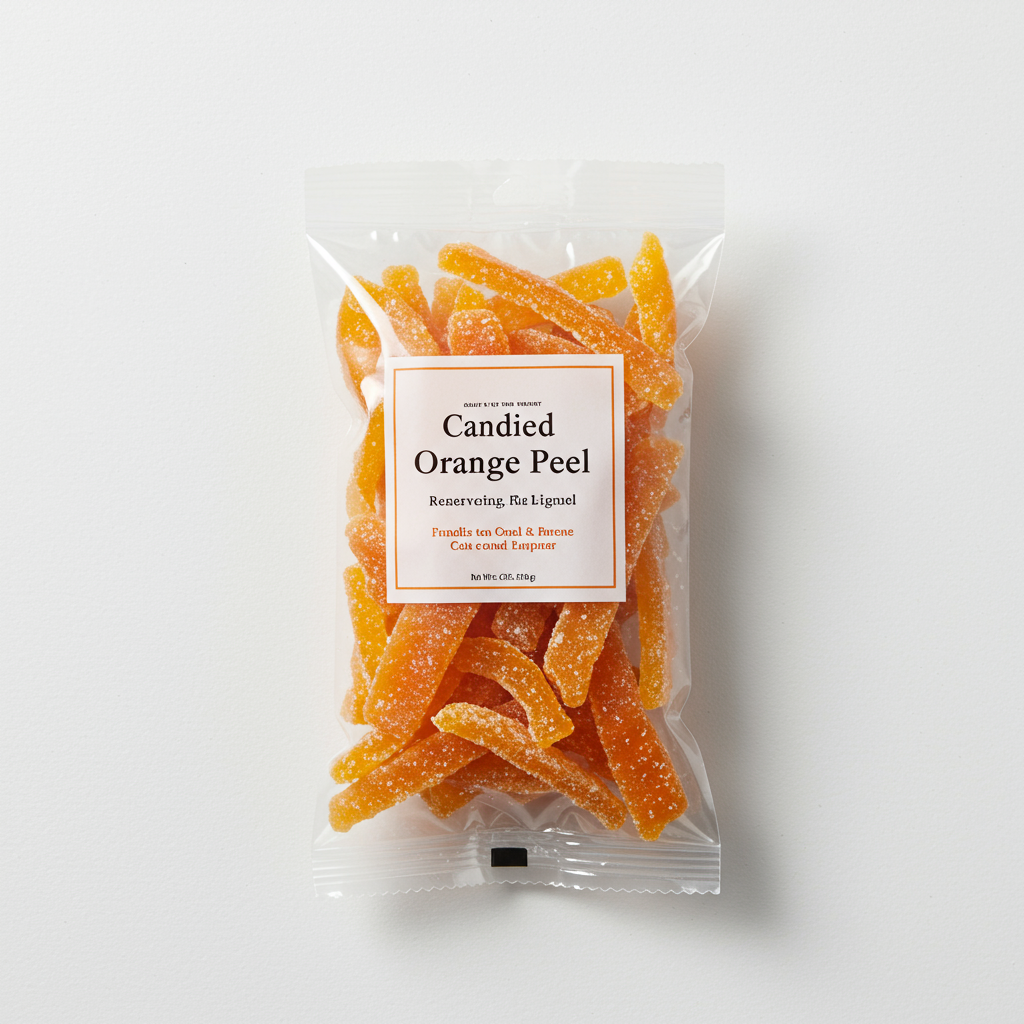SNACKS
DESSERTS
SALADS
Dried Fig
Dried figs are a naturally sweet and nutritious fruit that have been dehydrated to preserve their shelf life. They have a chewy texture and a unique, concentrated flavor that comes from the sun-drying process. Originating from the Middle East and Mediterranean, figs have been cultivated for thousands of years and are prized for their numerous health benefits.
High in dietary fiber, antioxidants, and essential minerals such as potassium and magnesium, dried figs make a delicious and healthy snack or ingredient in various recipes. They can be enjoyed on their own, added to cereals, baked goods, or used in savory dishes for a touch of natural sweetness.
94%
CARBS
1%
FAT
5%
PROTEIN
237 Dried Fig Products
Wegmans Pajarero Figs
Galil Figs, Sun-Dried
Ziba Foods Sun-Dried Figs
Sunny Fruit Organic Turkish Dried Figs, 2.5 Pound Bulk Bag | Healthy, Sweet Snack | ORGANIC, NON-GMO, VEGAN, HALAL, KOSHER, NO PRESERVATIVES, NO SUGAR ADDED
Organic Turkish Dried Figs
bettergoods Organic Sun-Dried Whole Figs
Sunny Fruit Organic Figs
Made In Nature Organic Smyrna Figs
freeze dried fig slices
San Joaquin Figs Nutra Fig California Figs
Used In 4 Recipes
Dried Fig Is Frequently Used With
Dried Fig FAQ
Cooking with dried figs can sometimes be a challenge for those who are unfamiliar with this ingredient. One common mistake people often make is using them as they are without rehydrating them first, which can result in a tough and dry texture in your dishes.
To get the most out of your dried figs, it’s often best to soak them in a liquid such as water, juice, or even alcohol. This will help soften their texture, enhance their sweet flavor, and also give you a deliciously flavored liquid that can also be used in your cooking.
Another tip to maximize the flavor of your dried figs is to cook them over low heat to help concentrate their natural sugars and bring out their deep, rich sweetness.
As for little-known tricks, did you know that dried figs can be ground into a powder and used as a sugar substitute? This can be a fantastic solution for those who are looking to cut back on refined sugar, but still want to add a hint of natural sweetness to their dishes.
How do I rehydrate dried figs?
Can you eat dried figs without soaking them?
What kind of recipes can I use dried figs in?
Can dried figs be used as a sugar substitute?
Why are my rehydrated figs still hard?
Can I soak figs in alcohol?
How do I grind dried figs into powder?
Is the skin of dried figs edible?
Why do my dried figs taste bitter?
What can I do with the water I used to soak dried figs?
Expiration & Storage Tips
When does dried fig expire?
Dried figs have a shelf life of about a year if they're stored unopened in a cool, dark place. Once opened, they last about 3 months in the pantry, but if you move them to the fridge, they should stay good for up to 6 months. They can be frozen indefinitely, but for best quality, use them within 12-18 months of freezing.
How do you tell if dried fig is bad?
Dried figs have a natural moistness and chewiness; if they're hardened or shriveled, they may be past their prime. If you notice a sour smell, unusual discoloration, or if there's mold or bugs, you should discard them immediately. One sign of dried figs starting to go bad is they become too sticky. This stickiness is a sign of sugar fermenting and turning into alcohol, which is the first stage of decay.
Tips for storing dried fig to extend shelf life
• Store unopened dried figs in a cool, dark place away from heat and humidity, like a pantry.
• Once opened, keep your dried figs in an airtight container to prevent them from drying out and absorbing odors.
• Consider storing opened portions in the refrigerator to further extend their shelf-life. They don't have to be in a special container, even a zip-top bag is fine.
• You can also freeze dried figs if you have a lot or if you want to keep them for a long time. Just put them in a freezer bag, squeeze out as much air as possible, seal the bag, and put them in the freezer. To defrost, simply remove them from the freezer and let them come to room temperature on the kitchen counter.
EXPIRES WITHIN
8 - 11
MONTHS
Equivalents
Substitutes
Health Info
Macros
5g
CARBS
0g
FAT
0g
PROTEIN
Allowed on these diets
LOW FAT
HIGH CALCIUM
VEGETARIAN
PALEO
WHOLE 30
MEDITERRANEAN
VEGAN
LACTOSE FREE
GLUTEN FREE

